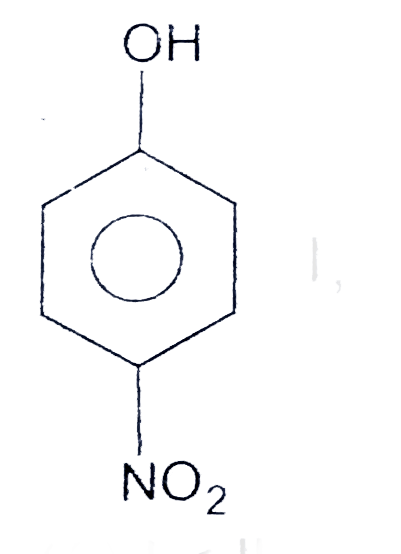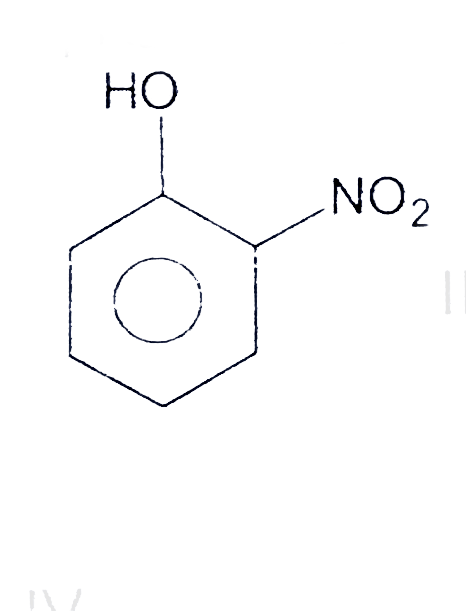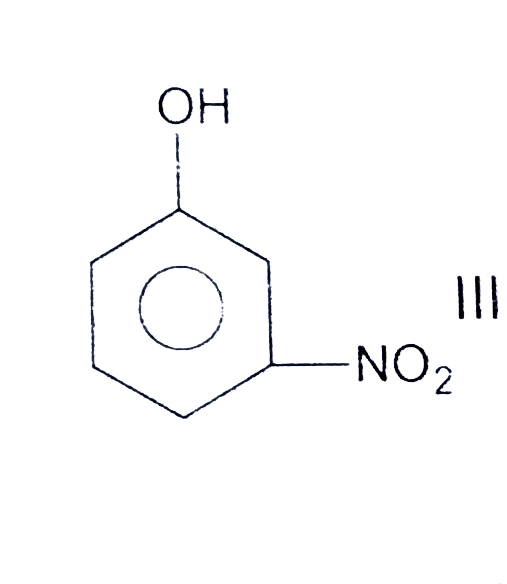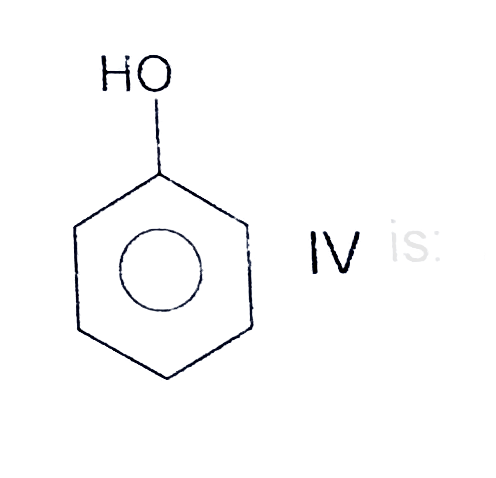For which pair of complexes is the order of values of Δ0 correct?
[Rh(NH3)6]3+>[Co(NH3)6]3+
[Fe(CO)6]>[Fe(CN)6]3−
[Cr(H2O)6]2+>[Cr(H2O)6]3+
[CrF6]3−>[Cr(CN)6]3−
The correct Answer is:A
To solve the question regarding the correct order of values of Δ₀ (crystal field splitting energy) for given pairs of complexes, we will analyze each option based on the principles of crystal field theory and the spectrochemical series.
1. Understanding Crystal Field Splitting Energy (Δ₀):
- Δ₀ is influenced by the nature of the central metal ion, its oxidation state, and the type of ligands surrounding it.
- Generally, Δ₀ increases with the increase in the oxidation state of the metal ion and the strength of the ligands.
2. Analyzing the First Option:
- The first option compares two complexes with cobalt (3d series) and rhodium (4d series).
- For transition metals, the order of Δ₀ is typically 5d > 4d > 3d due to the increasing effective nuclear charge and the associated ligand field strength.
- Since both complexes have the same ligands and coordination number, the order of Δ₀ is correct as given in the option.
3. Analyzing the Second Option:
- This option compares complexes with carbonyl (neutral ligand) and cyanide (strong field ligand).
- The oxidation state of the central atom affects Δ₀. The complex with cyanide will have a higher oxidation state than that with carbonyl, leading to a higher Δ₀.
- Therefore, this option is incorrect as the Δ₀ for the cyanide complex should be greater than that for the carbonyl complex.
4. Analyzing the Third Option:
- This option compares chromium complexes with water (neutral ligand) and a complex with a higher charge.
- The complex with a higher charge will have a higher Δ₀ due to the increased electrostatic attraction between the metal ion and the ligands.
- Thus, this option is also incorrect as the Δ₀ for the second complex should be greater.
5. Analyzing the Fourth Option:
- This option compares chromium complexes with fluorine (weak field ligand) and cyanide (strong field ligand).
- Since cyanide is a strong field ligand, it will cause a greater splitting of the d-orbitals compared to fluorine.
- Therefore, this option is also incorrect as the Δ₀ for the cyanide complex will be greater than that for the fluorine complex.
Conclusion:
The only correct order of Δ₀ is found in the first option, which states that Δ₀ for rhodium (4d) is greater than that for cobalt (3d).
- Δ₀ is influenced by the nature of the central metal ion, its oxidation state, and the type of ligands surrounding it.
- Generally, Δ₀ increases with the increase in the oxidation state of the metal ion and the strength of the ligands.
- The first option compares two complexes with cobalt (3d series) and rhodium (4d series).
- For transition metals, the order of Δ₀ is typically 5d > 4d > 3d due to the increasing effective nuclear charge and the associated ligand field strength.
- Since both complexes have the same ligands and coordination number, the order of Δ₀ is correct as given in the option.
- This option compares complexes with carbonyl (neutral ligand) and cyanide (strong field ligand).
- The oxidation state of the central atom affects Δ₀. The complex with cyanide will have a higher oxidation state than that with carbonyl, leading to a higher Δ₀.
- Therefore, this option is incorrect as the Δ₀ for the cyanide complex should be greater than that for the carbonyl complex.
- This option compares chromium complexes with water (neutral ligand) and a complex with a higher charge.
- The complex with a higher charge will have a higher Δ₀ due to the increased electrostatic attraction between the metal ion and the ligands.
- Thus, this option is also incorrect as the Δ₀ for the second complex should be greater.
- This option compares chromium complexes with fluorine (weak field ligand) and cyanide (strong field ligand).
- Since cyanide is a strong field ligand, it will cause a greater splitting of the d-orbitals compared to fluorine.
- Therefore, this option is also incorrect as the Δ₀ for the cyanide complex will be greater than that for the fluorine complex.
The only correct order of Δ₀ is found in the first option, which states that Δ₀ for rhodium (4d) is greater than that for cobalt (3d).
Topper's Solved these Questions
- BOOK - VMC MODULES ENGLISHCHAPTER - MOCK TEST 2EXERCISE - PART II : CHEMISTRY (SECTION - 2)10videos
MOCK TEST 2
- BOOK - VMC MODULES ENGLISHCHAPTER - MOCK TEST 13EXERCISE - CHEMISTRY ( SECTION-2)5videos
MOCK TEST 13
- BOOK - VMC MODULES ENGLISHCHAPTER - MOCK TEST 3EXERCISE - PART II : CHEMISTRY (SECTION - 2)10videos
MOCK TEST 3
Similar Questions
Knowledge Check
- Question 1 - Select One
Which one is the correct order of acidity?
ACH2=CH2>CH3−CH=CH2>CH3−C≡CH>CH≡CHBCH≡CH>CH3−C=CH>CH2=CH2>CH3−CH3CCH≡CH>CH2>CH2>CH3−C≡CH>CH3−CH3DCH3−CH3>CH2=CH2>CH3−C≡CH>CH≡CH
Which of the following complex has th highest value of Δt.
View SolutionWhich one is the correct order of acidity ?
View SolutionWhich of the following order is not correct?
View SolutionAmong the following pairs of complexes, in which case the Δ0 value is higher for the first one?
View SolutionWhich of the following complexes is expected to have lowest Δ0 value ? [consider only magnitude]
View SolutionAmong the following pair of complexes in which case the central atoms are having some hybridisation and have same values of E.A.N. also.
View SolutionWhich of the following order is not correct ?
View Solution





